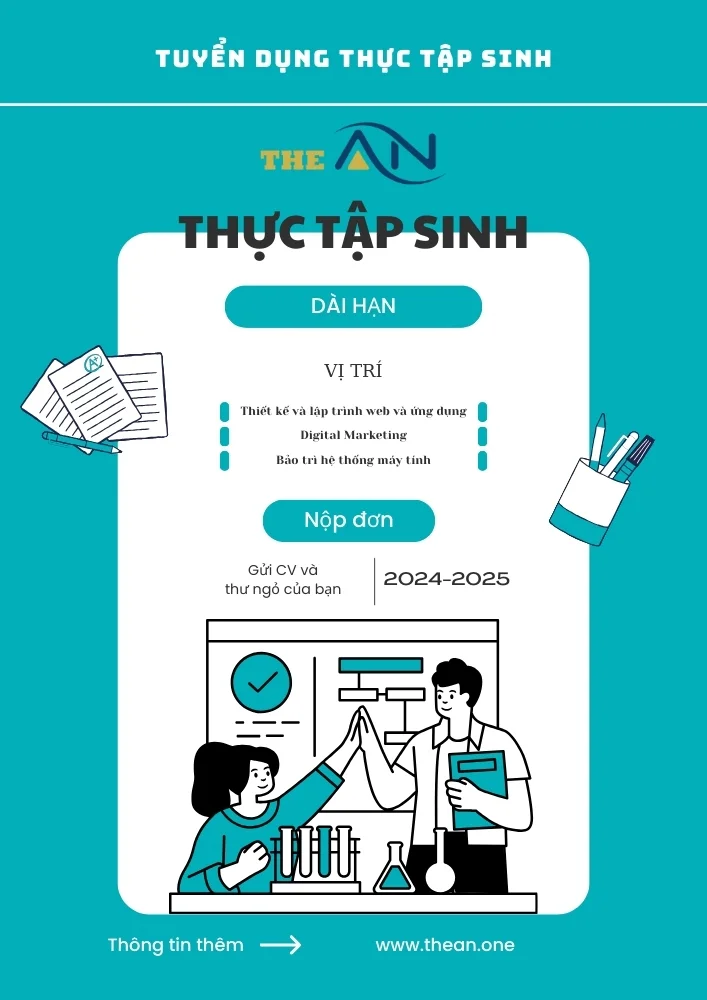5 Steps for Moving Forward after Being Made Redundant

Getting fired - it's unpleasant, upsetting, and can leave you feeling anxious and stressed. Whatever the circumstances that led up to it, or where you think you might consider going next, we've put together 5 key steps to help you steer your way through the initial days and weeks after losing your job.
Step 1 - Focus
The first step is to take one big long deep breath and focus on the reality of the situation - which is that your professional career isn't over, and whilst difficult this is a learning curve that can give you skills (such as resilience and the ability to identify your strengths and weaknesses) which can be huge assets as you move forward.
The first important step is to understand why you have been fired. Sometimes it's obvious (cross-company redundancies, ongoing performance-related issues, or documented misconduct) and sometimes you might not agree with the basis for the termination.
Regardless you need to put yourself in neutral and take the opportunity to receive valuable feedback.
This feedback can either provide you with new insights - so that you can avoid the issue again or provide you with some context that can prove to be hugely beneficial and that you can apply to your next job search.
Step 2 - Lists, lists, lists
Nothing beats a good list (or number of lists) for focusing your mind and getting you motivated.
- List 1 - It's time to focus on your strengths. Both your professional skills and your personal skills. You need to list your educational achievements, your areas of professional expertise, and your personal skills e.g. dependability, communication, organizational, self-motivation & initiative.
- List 2 - Identify what you like in a Job. Reflect on your career to date. What did you really enjoy and what would you like to do again.
- List 3 - Identify your Career Wish List. This means setting out what type of job, industries, working culture, hours, etc....
Step 3 - Polish your Credentials
Devote this whole step to your Resume/Curriculum Vitae. It's time to give this a revamp. I'd recommend that you create a standardized CV. This should be your go-to template that showcases your skills, training, and experience. However, no two jobs are identical. So you should structure this template so that you can quickly and easily adapt and tailor it to each job application.
Review each job opportunity you find, make sure that the CV you submit showcases your relevant skills, and cuts out the irrelevant (this does not mean removing entire professional roles/experiences).
Step 4 - Be Productive
It can be hard to be fully motivated, but this is an ideal time to improve your skills. If you received feedback during your termination - make the most of the time you have during your job search to become educated, informed and to gain the tools so that the issue doesn't arise again.
For example - if you were terminated because your skills in a particular area were not up to par, but is a skill that is important for you to gain your next job opportunity then take training, coaching, and undertake learning activities that can assist you effectively accomplishing job requirements in the future.
Step 5 - Prepare Prepare Prepare for Your Interview.
Just because you don't have an interview lined up doesn't mean that you shouldn't put in the preparation for it, because when the next opportunity comes up - you want to be ready. Interviews are a unique way of talking about ourselves - you have to showcase your experiences and skills to show how they best match an opportunity. In no other situation, do we do this - we aren't used to communicating this way. To be successful in an interview situation preparation is crucial.
You also need to prepare on how you are going to address your termination. All interviews include questions such as why did you leave your last job? or why are you looking for a new job? Therefore, you need to find a response that accurately reflects your situation, but that you are comfortable with saying and that focuses on the positive.
You need to be able to demonstrate that you have the skills and experience that this employer is seeking, whilst also demonstrating that in any situations or issues that arose in the past you have not only overcome but moved on. If you received a reference letter as part of your termination, you can perhaps look at aligning your comments to this.
But if we look at the previous example of skills not up to par, a potential response could be - "unfortunately, myself and my manager discovered that their needs were more complicated than we initially perceived when I entered into the role. My skillset just didn't match what was needed to meet the requirements of the job, so we agreed it was best to part ways. However, I did believe that upskilling in that area would be beneficial to future employers so have taken the opportunity to undertake training / gain a qualification in X, Y, Z."
Source: DMI
Looking for a custom web design? Then Contact the website designers at The ÂN in Vietnam via (+84).326.418.478 (phone, zalo, viber) or schedule a consultation.
Other useful information:









